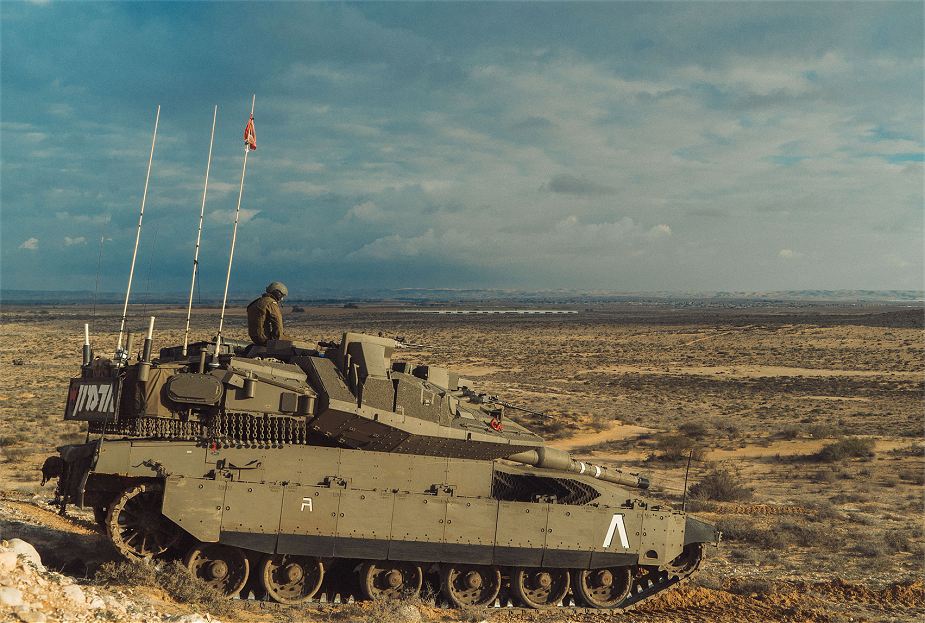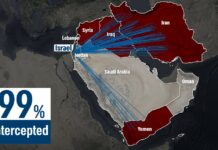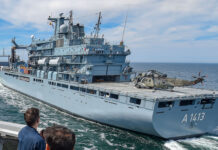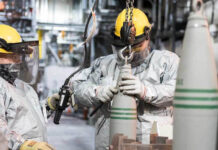The attack by Gaza-based Palestinian terrorist organisation Hamas against the Israeli Defense Forces (IDF) guarding the border with Gaza and the ruthless massacre of civilian villagers and town residents in the southwestern Negev shocked the Israelis, who were caught off guard by the onslaught. After years of internal friction and nine months of civil unrest dividing progressive Israelis and conservatives, religious orthodox and nonreligious, the gay community, military veterans, and orthodox students exempt from service, the horrific attack shocked every Israeli, bringing the nation back together. With losses mounting to over 220 hostages, primarily civilians, beyond 1,500 dead and 4,000 wounded, most Israelis are raging and committed to removing the ‘Palestinian Threat’ across their borders once and for all, with or without international support.

The immediate response was airstrikes against Hamas infrastructure in Gaza. Still, the IDF called over 330,000 reserves, the largest recruitment since the 1973 Yom Kippur War, to enable the IDF to plan, prepare, and execute a full-scale simultaneous campaign against Hamas in Gaza, Hezbollah in Lebanon, and the Palestinian terrorist groups in the West Bank – an attack intended overwhelm the non-state armed groups and establish new conditions for security in the region.
The goal set by the Israeli government was clear: to defeat Hamas, destroy its military infrastructure, and rout the organization from the Gaza Strip. How to do so is not clear. Unlike past conflicts, Washington quickly responded and embraced Israel with unwavering moral and material support, even before the Jewish state asked for it. US President Joe Biden demanded that Israel limit its responses to actions abiding by the international law of war. However, there are more reasons behind the US generosity. Washington is concerned about ‘uncontrolled’ Israeli actions that may damage its position in the region.
The US quickly responded by deploying naval forces to the Eastern Mediterranean, deploying two carrier strike groups and a marine expeditionary unit (MEU), strengthening combat air squadrons in Turkey and Greece, and sending air and missile defence systems in the form of a THAAD battery and several PATRIOT batteries to the region.
At the initial phase of the war, Tel Aviv indicated its intention to seize the entire Gaza Strip and push the Gazan Palestinians to Sinai. Egypt vocally objected and said this would be an act of war. Meanwhile, possibly under US pressure, Israel has announced it would abstain from attacks in an area reserved as a sanctuary for refugees from Gaza City, where most Hamas and Palestinian Jihad terrorists are reportedly hiding in underground tunnels built under the city.
The defensive array is also fully deployed. The US and Israeli air defence systems are geared to work together and provide effective defence for Israeli and US interests in the region and neighboring countries. Such capabilities have been proven in the past by intercepting two drones in the Arabian Peninsula along with the recent intercept of four cruise missiles and eight drones over the Red Sea that Iran-backed Houthi rebels launched from Yemen against Israel. The Aegis-equipped Arleigh Burke Class Destroyer USS Carney and at least one Saudi air defence system were credited with carrying out these interceptions.
While Israel was caught off guard in the opening phase of the war, Tel Aviv and Washington clearly understood the gravity of the situation and acted quickly to reform their defences and establish credible deterrence against Iran. They are currently building an offensive force which will be capable of striking back when the time is right. Israel still handles the situation by employing massive air power and artillery while developing other measures to strike their enemy at the optimal time and place. Lacking the element of surprise in this case, the IDF needs time to plan, prepare, soften the battlefield, wear down their enemy, and thus reduce personnel and materiel costs.
However, Tel Aviv or Washington cannot endlessly prolong this situation, as economic realities come into play. The horrific pictures of the Hamas attacks on Israeli civilians would fade away, replaced by images of the humanitarian crisis in Gaza. Israel would also experience an economic slowdown under prolonged emergency conditions. The clock is ticking, and depending on the course chosen, the outcome may be detrimental to all sides. Unless action is taken by Israel and an international or regional coalition, the primary beneficiary is likely to be Iran. The coming weeks and months will reveal whether the Seventh Israeli War in the Middle East remains a regional conflict between Israel and non-state armed groups, or evolves into a broader regional war with US involvement.
Tamir Eshel













